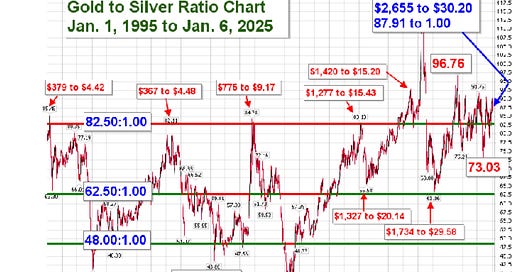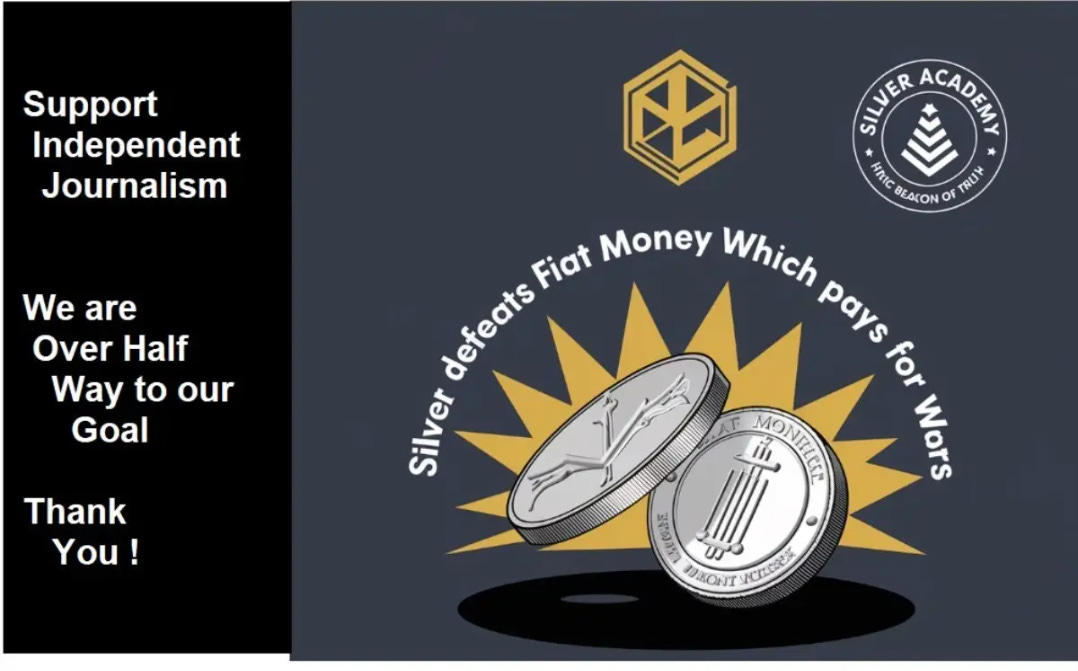Imagine a church fundraiser where volunteers sell tickets for a pancake breakfast to raise money for a new roof.
At the church fundraiser, Tom discovered a devious way to manipulate ticket sales for the pancake breakfast. Instead of selling the actual number of tickets the church could support, he began creating and selling 1000 extra tickets - far beyond the venue's 500-person capacity.
By flooding the market with these phantom tickets, Tom created an illusion of oversupply. Other volunteers, seeing what appeared to be an abundance of tickets, started lowering their prices to compete. Potential attendees began to perceive the pancake breakfast as less desirable, with ticket values dropping rapidly.
In reality, these additional tickets didn't actually exist. Tom had manufactured an artificial supply that existed only on paper, driving down the perceived value of the fundraiser tickets. This strategy made it increasingly difficult for legitimate ticket sellers to maintain their original pricing.
The consequence was a manufactured perception of low demand. Just as a trader might use naked short selling to artificially suppress a stock's price, Tom was systematically undermining the church fundraiser's potential success by creating a false narrative of oversupply.
If more people attempted to attend than the church could accommodate, or if the fabricated ticket sales went unchecked, the fundraiser could face significant logistical and financial challenges - mirroring the potential market disruptions caused by naked short selling in financial markets.
Tom's manipulation represented a textbook example of how creating an illusion of excess supply can put devastating downward pressure on prices, ultimately harming the true value of the underlying asset.
Silver and Oil are Examples of Managed Markets
Silver is significantly undervalued for several compelling reasons. The primary factor is the nature of COMEX as a paper-only trading platform, where an entire year's worth of silver mining volume can be traded in just two days. This disconnect between paper trading and physical supply creates artificial price suppression. The paper transactions and algos make it look like selling is “selling off” (and unpopular) when the opposite is the case.
The practice of naked short selling, which is illegal and constitutes securities fraud, further contributes to silver's undervaluation. This involves selling silver without first borrowing it or ensuring it can be borrowed, manipulating the market.
Large-scale industrial users of silver, particularly in the military-industrial complex and aerospace sectors, benefit from low silver prices. These influential players often sit on bank boards, creating a conflict of interest and financial incentive to suppress silver prices.
The historical writings of Frederick Soddy and Napoleon Bonaparte highlight the role of private central banks in governing governments. The Federal Reserve, as a private central bank, views silver and gold as competition to their debt-based currency system. This antagonism towards precious metals has been a consistent theme throughout history, from Venetian bankers in 1205 to the creation of the Federal Reserve.
The Gold-to-Silver Ratio, currently at 88:1, is abnormally high, indicating silver's extreme undervaluation. Historically, this ratio is considered in equilibrium at 65:1. When the ratio exceeds 82:1, silver is poised for strong outperformance relative to gold.
chart by American Gold Exchange
Silver's underperformance can be attributed to gold's recent strength as a safe-haven asset amid geopolitical turmoil and currency risks. However, silver typically follows gold's lead when sentiment shifts decisively towards safe havens.
The current economic landscape, characterized by overvalued equities, inflationary pressures, trade tensions, and geopolitical conflicts, is creating a favorable environment for precious metals. With the U.S. national debt exceeding $36 trillion, demand for silver as a hedge against currency risk and geopolitical uncertainty is likely to increase.
Given these factors, silver has substantial upside potential. A return to the 30 year trendline Gold-to-Silver Ratio of 65:1, based on current gold prices, could see silver reach $40.75 per ounce, representing a 25% increase. Even a modest 20% gain in silver prices, independent of gold's performance, would push it close to $40 per ounce while still remaining undervalued relative to gold.
In conclusion, the combination of paper market manipulation, industrial interests, central bank policies, and historical price relationships all point to silver being significantly undervalued, setting the stage for potential explosive gains in the future.
about 10 years ago I watched this remarkable crime documentary called “The Witness.”
"The Witness," pieces together the infamous murder of Kitty Genovese. This case is a classic example of bystander apathy, where numerous witnesses heard or saw parts of the attack but failed to intervene or contact authorities.
The documentary explores how this incident became emblematic of societal indifference and highlights the frustration felt by those who later learned about the crime. While watching the documentary I was overwhelmed with frustration; while many people were aware something terrible was happening, no one took action to stop it.
The documentary "The Witness" (2015) serves as a compelling analogy for the silver market's manipulation through naked short selling.
Just as Bill Genovese tirelessly investigates his sister's murder, uncovering discrepancies between the reported narrative and reality, silver market observers witness a crime in plain sight that seems to elude regulatory action. The film exposes how initial reports of 38 witnesses ignoring Kitty's cries were exaggerated, much like how the perceived oversupply in the silver market is artificially created by naked short selling.
In both cases, the truth is obscured by misleading information, leaving the public and investors frustrated as they watch the manipulation unfold. The documentary's revelation of fewer actual witnesses parallels the realization that the silver market's supply is artificially inflated by paper contracts, with 408 ounces of "paper" silver for every physical ounce.
Just as "The Witness" challenges long-held beliefs about the Genovese case, the exposure of naked short selling in silver markets confronts established narratives about price discovery and market efficiency.
Support Independent News
The good news is that throughout history, market manipulation has always been exposed. As independent newsletters like this continue to address these issues, the truth inevitably comes to light.
Supporting independent journalism is crucial in this fight against financial deception. By staying informed and spreading awareness, we can collectively push for transparency and fairness in markets. Every reader who shares this information contributes to the eventual unraveling of manipulative practices, paving the way for a more equitable financial system. Your support empowers truth-seekers and helps safeguard the integrity of our markets for future generations.
Please support our independent Journalism






